This photo shows the smokestack at Gay and the stamp sand from the original stamp mill that operated in Gay in the early 20th century -- still on the shore near the town. The stamp mill deposited millions of tons of this copper mining waste in Lake Superior, where a current has carried it for miles along the shoreline and farther into Lake Superior. (July 2014 photo by Keweenaw Now)
GAY, Mich. -- Today, Nov. 17, 2014, is the deadline for comments on a Public Notice from the Michigan Department of Environmental Quality (DEQ) concerning an application from Greensand Inc., to dredge stamp sand from the Lake Superior beach near the town of Gay in Keweenaw County and to build a facility to store it and process it on site for eventual removal by truck or barge.*
Bill Rose, Michigan Tech professor emeritus (Geological Engineering and Sciences) says he is concerned about the fact that the Gay stamp sand -- mining waste left from copper mining in the early 20th century -- is rich in arsenic. While some residents are concerned about the transport of the stamp sand in trucks that could occur if Greensand is given the necessary permits, Rose says the arsenic issue is more important and is not even mentioned in the Greensand proposal.
"The Gay sands are arsenic-rich," Rose says. "We do not know whether this arsenic enrichment is ever actively transmitted into surface water, because it is mainly untested and not measured."
Rose says more investigation into the arsenic content of stamp sand and more public involvement are necessary before the proposed stamp sand removal projects are approved.
During a July 25, 2014, Keweenaw Geotour of Jacobsville Sandstone Rose led on Michigan Tech's Research Vessel Agassiz, he spoke about the Gay stamp sands as tour participants viewed them from the boat:
As the Agassiz cruised along the shore south of Gay, Rose explained the difference between the primary stamp sand on the shore near the location of the former mill at Gay and secondary stamp sand that is carried by the current and redeposited on the shore southwest of Gay.
In this image, the dashed line shows the area of stamp sand near the stack in Gay (upper right) has diminished since 1938 as that toward Big Traverse has grown. Number 1 marks primary stamp sands and number 2 secondary. Click on image for larger version. (Photo courtesy Keweenaw Geoheritage Web site and Bill Rose. Reprinted with permission.)**
"Secondary stamp sand is that sand that moved from its original position south of the stack, to the southwest toward Big Traverse," Rose explained. "Secondary stamp sand is better sorted than primary sand with the fine particles being distributed to the lake bottom while the coarser sands are deposited southwest along the shore toward Big Traverse."
This photo shows redistributed and redeposited, i.e., secondary, stamp sands 1000 meters west of Gay. (Photo courtesy Keweenaw Geoheritage Web site and Bill Rose. Reprinted with permission.)**
According to Linda Hansen, DEQ Water Quality Division, Baraga Office, who is accepting public comments on the Greensand Inc. proposal as described in the Public Notice, the application will be reviewed according to statutory criteria that includes arsenic even though it isn't mentioned in the Public Notice.
"The level of metals contained in the stamp sand is something we take into consideration relative to the statutory review criteria -- under Part 325 of NREPA (the Natural Resources and Environmental Protection Act), Great Lakes Submerged Land," Hansen said. "All of the Gay stamp sand is considered occupying Great Lakes bottomlands according to Part 325."***
Hansen said she will accept comments on the proposal up to midnight tonight, Nov. 17. If comments are received after the deadline, they will be accepted, but will not receive as much consideration as those received by the deadline. ****
"Any single person can request that we hold a public hearing," Hansen said. "If someone does request it (a public hearing), it probably will be held in the month of December (2014)."
Concerning the truck traffic that could ensue from the project or air quality concerns, those are beyond the scope of this review, she noted.
"We just look at the lake and what's going to happen to the lake under Part 325," Hansen explained. "What we review is impacts to Lake Superior that are lakeward of the ordinary high water mark."
This photo shows the contrast between the grey stamp sand beach on the east (right) side of the seawall in Grand Traverse Bay, which has held back some, but not all, of the moving stamp sand, and the cleaner sand on the west (left) side of the seawall at Big Traverse. (Photo by Keweenaw Now)
Should people have concerns about air quality that come up during a public hearing or in written comments, she could inform the DEQ Air Quality Division, Hansen added.
Rival company questions truck transport
Another company that has applied to the DEQ for removing the Gay stamp sand, but with the intention of transporting it by barge without building a facility on the land, is Torch Lake Industries. They have already received a DEQ permit for their proposal.
According to Hansen, their permit was issued, but modified with conditions. Unfortunately it is not posted on line, but can be requested through the Freedom of Information Act (FOIA).
In a letter to local government agencies, Thomas Logue of Torch Lake Industries comments on the Greensand Inc. application.
"The applicant firm (Greensand Inc) made a presentation on June 25 in Houghton in which they stated that they intend to ship at least 1 million tons of the sand from Gay to L’Anse, Michigan, each year for the 5 consecutive year duration of their permit -- if their permit application is issued," Logue writes. "The information in this letter is my interpretation of the facts presented at that meeting. What actually happens, I have no way of knowing, except to say that if allowed the permit by MDEQ, the firm can legally run as many trucks through your community -- regardless of your town’s reaction."
Logue then cites his own mathematical calculations, assuming the trucks would run Monday through Friday, 12 hours a day, and includes return trips of empty trucks.
"This translates into one truck passing through your community each one minute and 7 seconds, half loaded trucks and the other half dead heading back to Gay," Logue continues in his letter. "Empty trucks, as you may know, are much louder than fully loaded trucks."
Logue then lists impacts of such truck traffic: air pollution, noise pollution, vibration damage to concrete foundations, safety, road damage and traffic jams.
Hansen said unfortunately Logue's advice to communities to write to the DEQ to oppose a permit for Greensand, his rival, is based on impacts not covered by the present DEQ Public Notice for the Greensand project. Greensand may have to apply for permits from the DEQ Air Quality Division or from the Michigan Department of Transportation if the truck traffic should present such potential problems.
Notes:
* Click here to read the full Public Notice.
** Learn more about the Gay stamp sands on Bill Rose's Geoheritage Web site, which also has links to scholarly articles on the stamp sand, photos and more.
*** Click here to read about Great Lakes bottomlands.
**** The public can send comments, including a request for a public hearing, directly to Linda Hansen via email at hansenl6@michigan.gov.














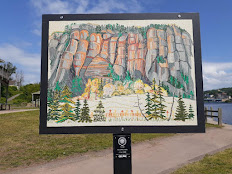





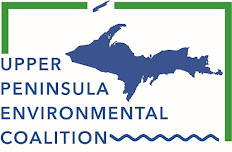
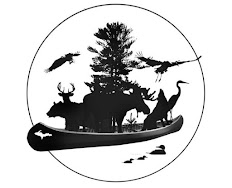
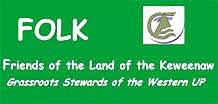


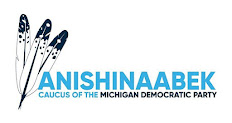
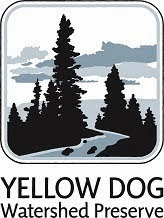




















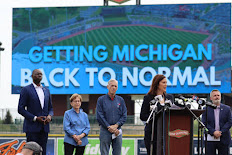




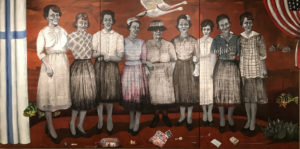
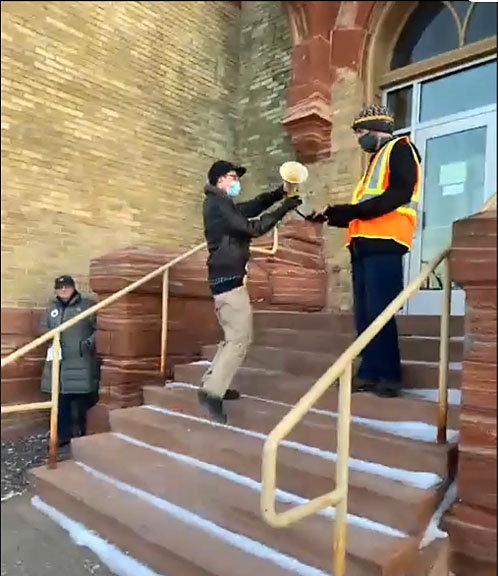




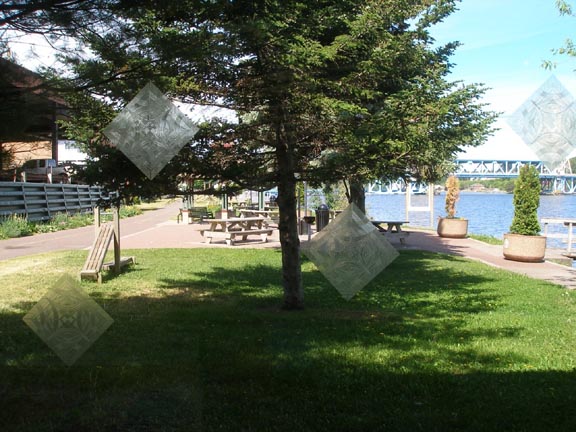







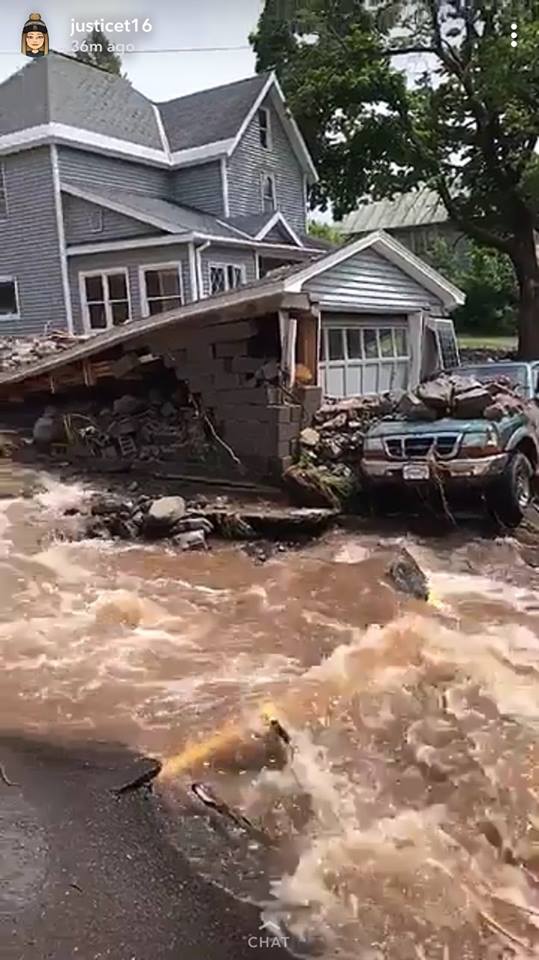

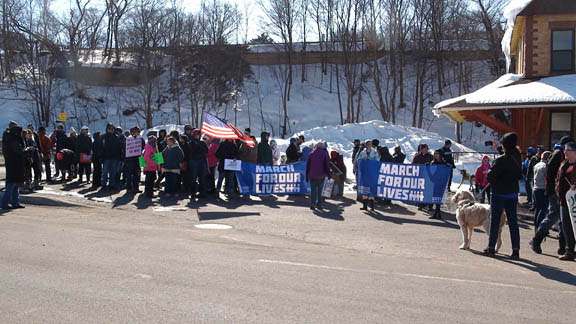
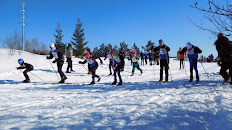

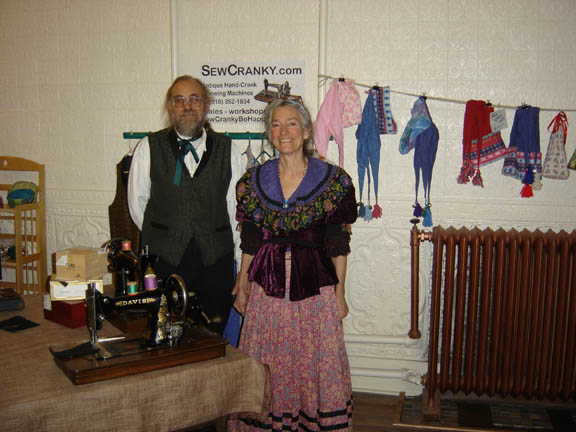
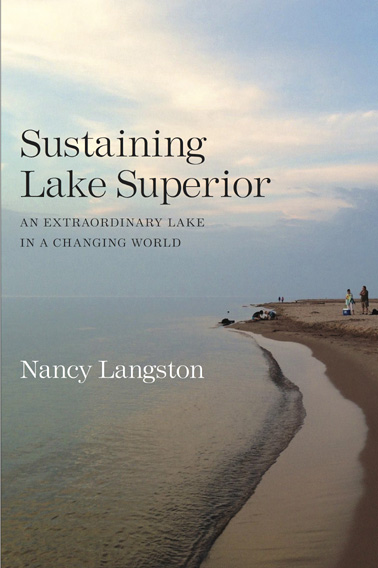







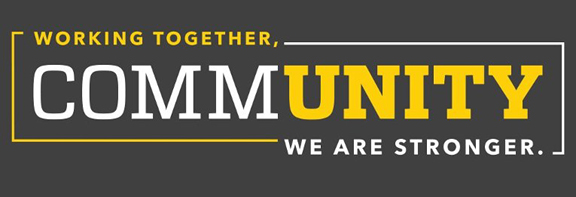
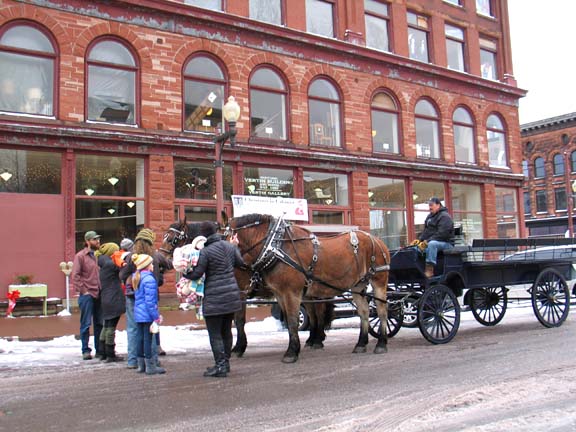

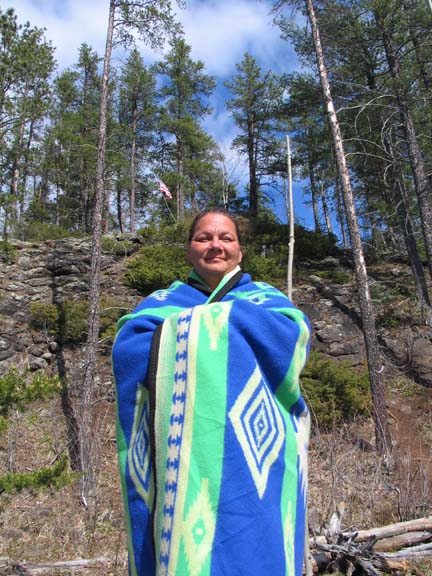


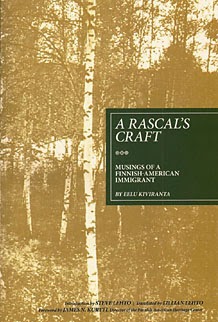






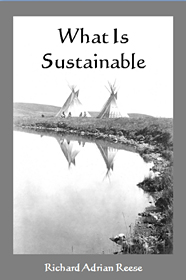


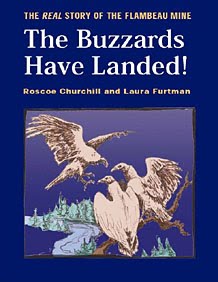


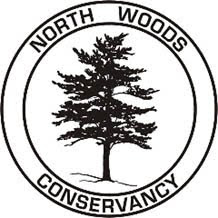
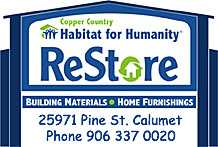


No comments:
Post a Comment